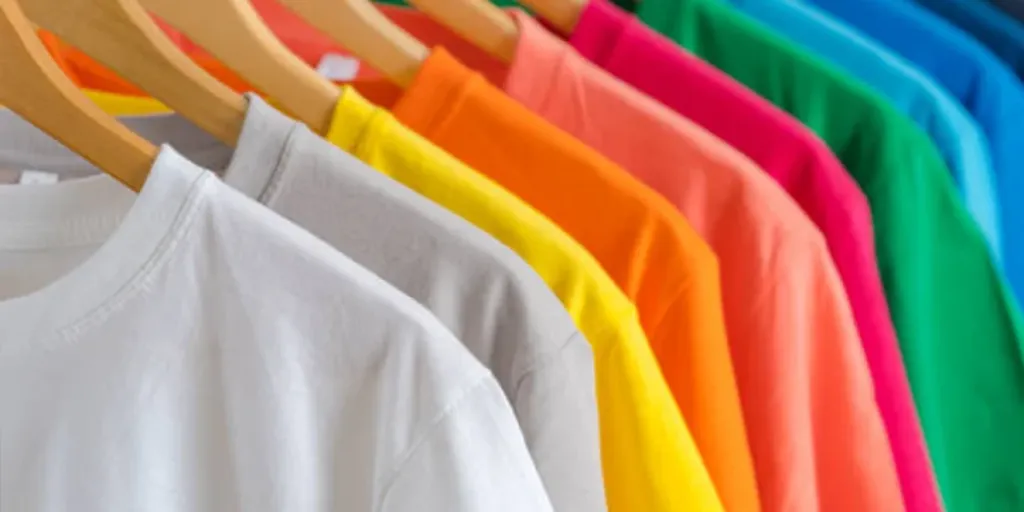The Muslim population is estimated at 1.8 billion followers, which are expected to reach 2.8 billion by 2050. The Islamic fashion marketplace represents a gold mine for fashion businesses that want to expand their market share. However, Muslim consumers, especially women, are becoming more conscious and knowledgeable when it comes to dressing, as they require innovative and stylish clothes that adhere to their faith and religious values.
Table of Contents
What you should know about the Islamic fashion industry
4 top Islamic fashion trends for women
3 top Islamic fashion trends for men
Islamic fashion: challenges and opportunities
What you should know about the Islamic fashion industry
The rapid growth of the Islamic fashion industry
The exponential growth in population makes Muslims one of the strongest purchasing powers. The global Islamic fashion market size is expected to reach USD 88.35 billion by 2025. Stylish Hijabs and Abayas, Modest Swimwears, Thobes, and Jubbas, are just a few examples of Islamic fashion segments that are expected to have an increasing demand in the long term.
A large and diversified customer baseline
The Muslims share common beliefs and values, but this doesn’t mean you can offer them all-in-one clothes. There are many social and cultural differences between Muslims from one country to another. This is a good sign as those differences translate to countless fashion advertising options, offering businesses more market opportunities to exploit.
New age muslims
Women represent the majority of the Islamic Fashion market share, and that’s why businesses should understand their needs and religious identity if they want to attract them successfully. Muslim women don’t look for clothes that isolate and mark them as “different”, but they seek modest clothes that fit with the latest fashion trends and adhere to their Islam principles.
4 top Islamic fashion trends for women
Until recent years, the Islamic business model of the global fashion sellers was mostly centered around food and beauty products, but the emerging trends of the new age Muslims regarding their fashion have forced many brands to adjust and adapt their marketing techniques. Muslim women (and men as well) are now searching for innovative and stylish clothes that respect the religious aspect of modesty – longer, looser clothing with long sleeves, worn with or without a veil. The following are the emerging Islamic fashion categories expected to have a continuous increase in demand for the near future.
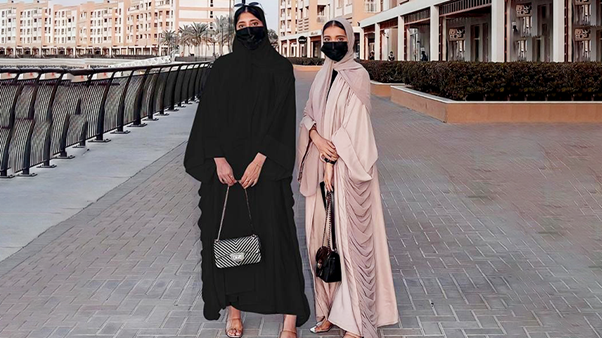
Abayas
Abayas are one of the latest trends among Muslim women, who are becoming more aware of their appearance and identity. As the name suggests, they are long-sleeved gowns that fall to and past the ankle. These dresses are usually black with lace work done on them, and they vary in length depending on each country. There are generally two popular kinds of Abayas, the full covering Abaya and the Abaya coat which covers the whole body but not the head. Abayas are very important in the Islamic religion, especially in North African and Middle Eastern countries, because they are worn to cover up and protect a Muslim woman’s modesty.
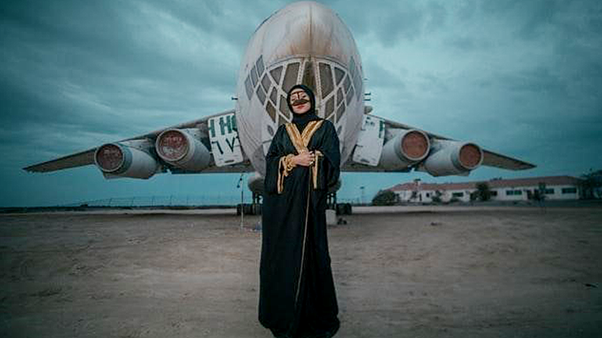
Modest swimwear
Modest Swimwear is a revolutionary fashion trend, as Muslim women are not restricted anymore to traditional, old clothes that prevent them from having fun in the water. Women are now looking for modest swimwear that is designed creatively to preserve their modesty and protect their dignity, such as long sleeve swimwear suits. Modest swimwear should cover the arms, the chest, and the legs but should also be comfortable enough to wear through a workout. Modest swimwear is seen as a growing fashion market in recent years as more women are looking for stunning and fashionable swim dresses that cover all the body. From bohemian floral to nautical stripes and florals, modest swimwear products at the Alibaba.com platform are crafted from high-quality materials to make women feel confident from the pool to the boardwalk.
Stylish hijabs
Hijabs, also known as veils, are clothes intended to cover the woman’s head. However, women are no longer searching for simple scarves to hide their hair but are on the look for Hijabs that allow them to cover according to Islamic law while also showing their colors and personality. Turkish Hijabs, print hijabs, palazzo pants, and gowns are some of the most popular Hijab styles among Muslim women.
Comfort innerwear
The Islamic fashion industry is now focused on the notion of comfort and freshness and as a result, there is a substantial surge in the purchase of innerwear products, which are expected to keep increasing in the next few years. Heat-regulation solutions such as thermal underwear are becoming the main interest of Muslim women as they are now more careful about their skin sensitivity and look for products that offer both comfort and freshness. Another innovative trend for innerwear products is the integration of natural antibacterial compounds to produce odor-free fibers. You can find comfort innerwear for Muslims (for both men and women) at Alibaba.com, such as menstrual underpants for women or anti-moisture boxer shorts for men.
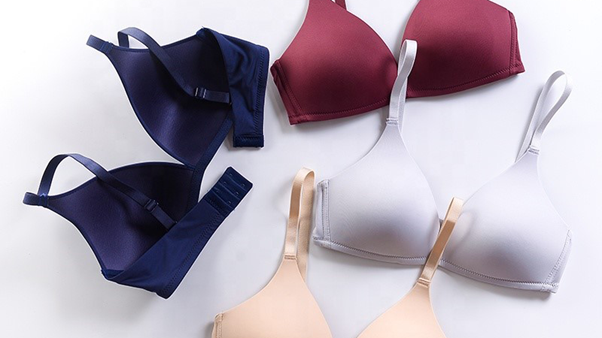
3 top Islamic fashion trends for men
Women’s purchasing power in the fashion market is indeed much larger than that of men, but it should be noted that the purchasing behavior of men is constantly changing these recent years. More and more men are becoming interested in fashion trends due to the boosted exposure to the internet and eCommerce business. Below are some trending men’s clothes in the Islamic Fashion industry.
Jubbas & thobes
Men’s Jubbas and Thobes have been around for centuries, but the styles are constantly changing. These men’s garments are worn by Muslim men as a sign of faith, elegance, and identity. Men are now more interested in Jubbas and Thobes, especially during Islamic religious festivals, and they are looking for designs that are lightweight and loose-fitter such as striped Jubba Thobes or long sleeve Thobes.
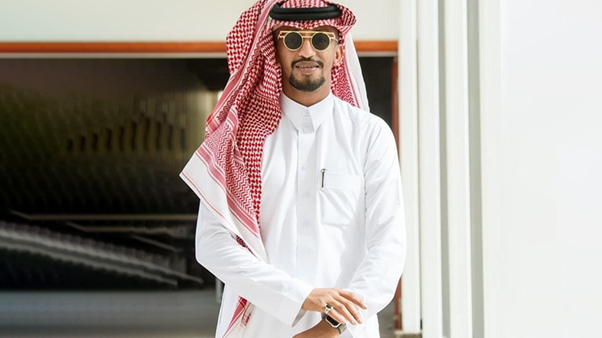
Kufis & prayer hats
These Muslim caps are well sought by men for practicing prayers or attending family gatherings during Eid Al Adha (Feast of Sacrifice) or Eid Al-Fitr. Kufis and prayer hats are available in a wide variety of colors and sizes, but the preferred ones among Muslim men are the fashionable white Kufi hats and the black leather prayer hats.
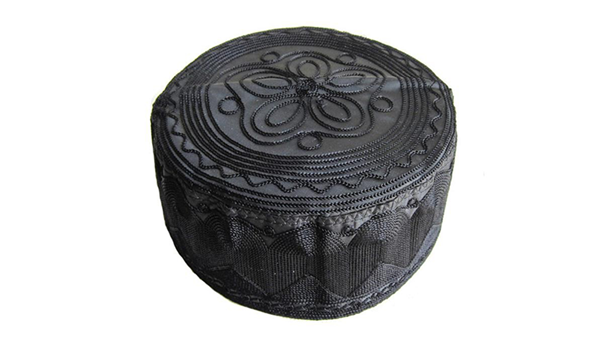
Kurtas
Men’s Kurtas have been part of Indian culture for centuries. These super stylish and simple clothing have become daily wear for men as they are comfortable, stylish, catchy, and can be worn at the office or on other casual occasions. Kurtas are expected to gain popularity in countries other than India due to their lightweight and skin-friendly cotton fabrics.
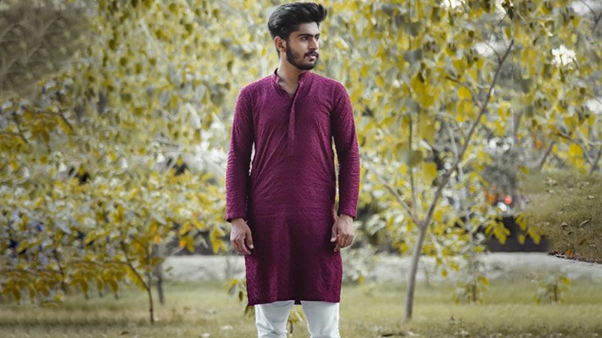
Islamic fashion: challenges and opportunities
The major challenge hampering the progress of the Islamic fashion line is the lack of awareness, as most cloth manufacturers and retailers have little knowledge about Halal standards (Islamic norms), and this confuses the end-consumer. Another challenge for this industry is the geographical and cultural differences between Muslim consumers, particularly when it comes to sensitive dresses like Hijabs and Abayas, which vary from region to region.
As one of the fast-growing markets, the Islamic Fashion industry holds enormous potential for business-minded entrepreneurs. The Muslim population growth and cultural diversity open the door for limitless opportunities. The need for a new-age Muslim fashion style is also growing, and it includes modest, conservative, and stylish designs such as Abayas, stylish Hijabs, and comfort innerwear.
If fashion businesses want to attract the interest of Muslim consumers, they should learn how to source fashion clothes that combine Islamic values with the latest fashion trends. Muslims are simply looking to express their individuality without jeopardizing their faith.




